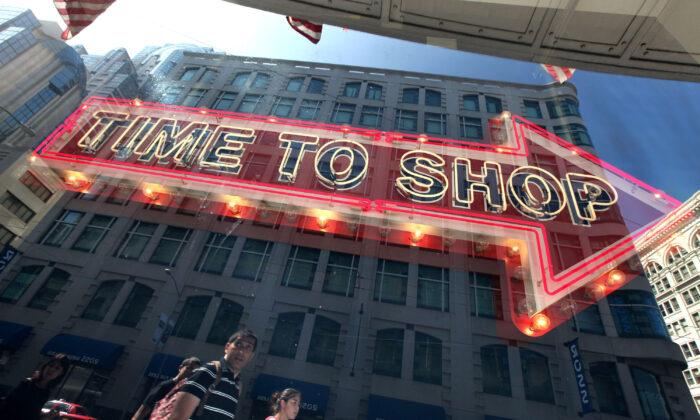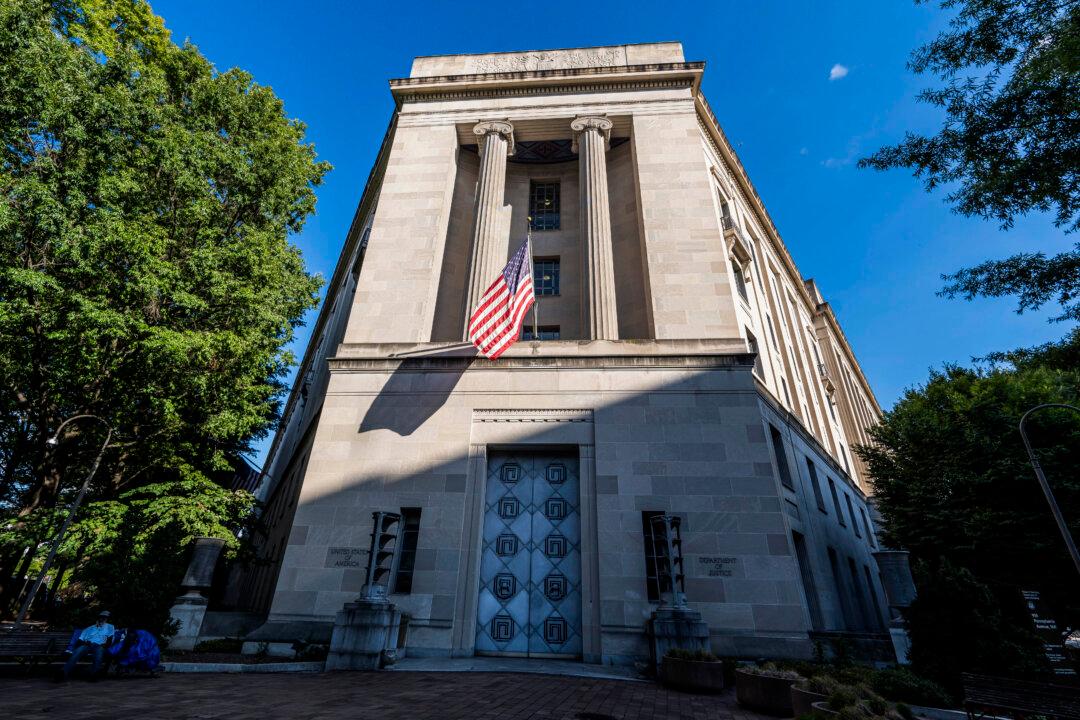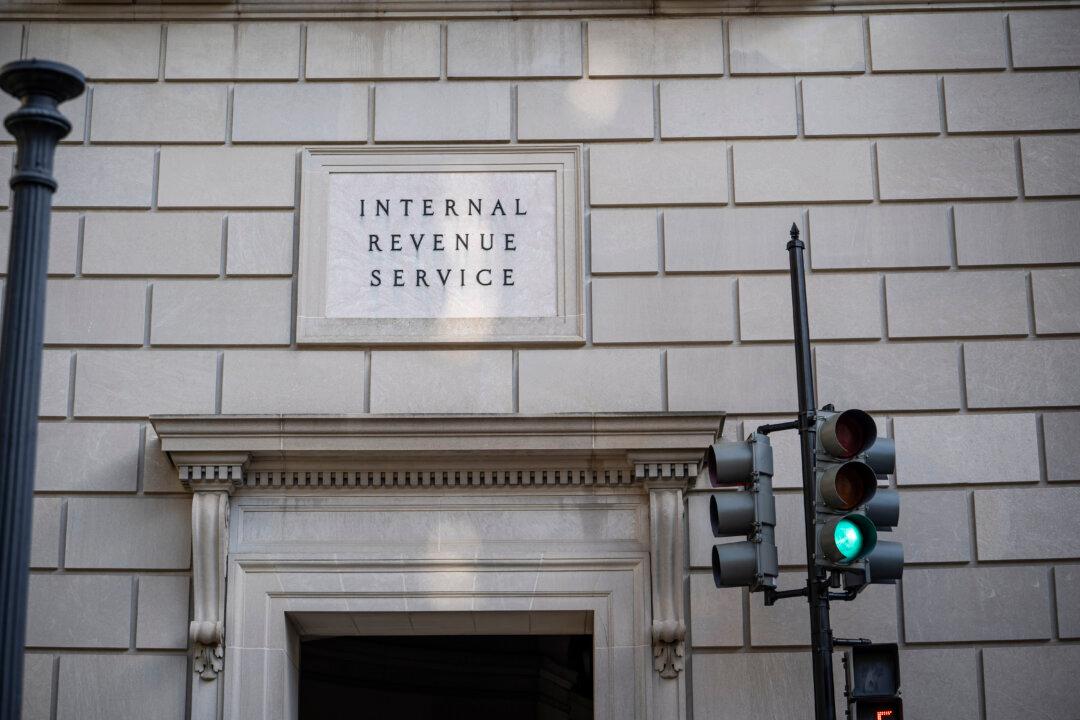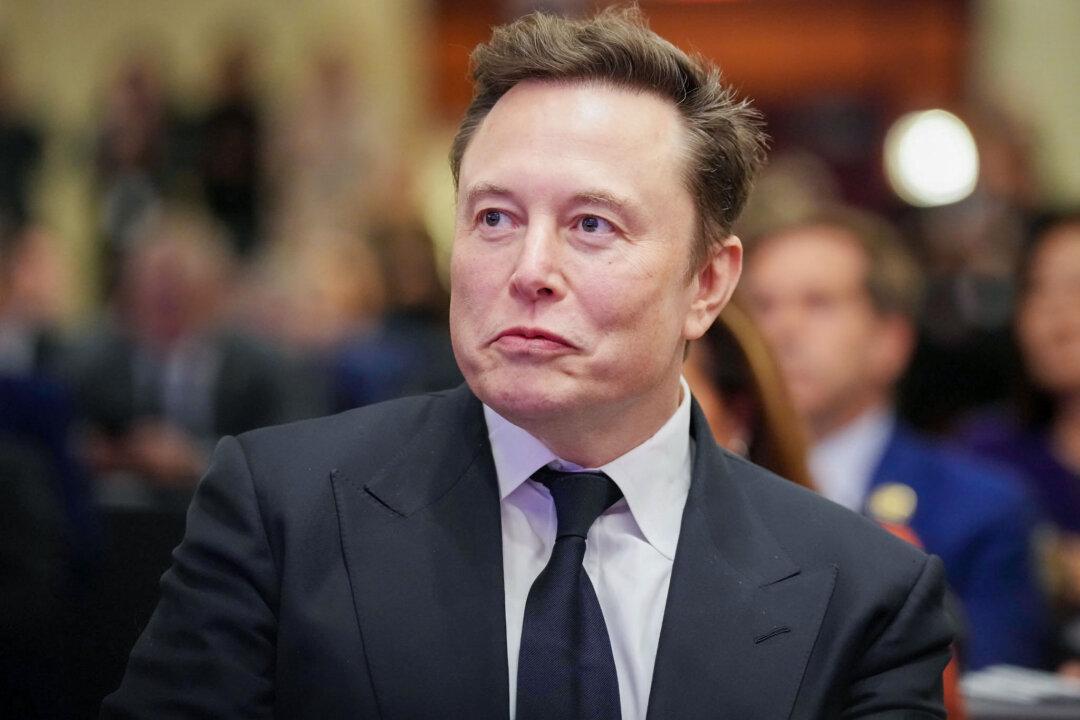Shoppers returned to malls in droves in March, boosted by a sharp rise in personal income and a strong boost in consumer spending, reinforcing the view that a recovery in the pandemic-stricken retail sector is building steam.
Ethan Chernofsky, VP of Marketing at Placer.ai, told The Epoch Times in an emailed statement that, “we’re already seeing the signs of a clear retail recovery.”
“Visits to retailers, restaurants, malls, and more are all on the rise, but the recovery is still likely to have peaks and valleys. Weather, seasonality, and dips in tourism and business travel still matter. Yet, so long as COVID’s effects continue to dissipate, there is a growing confidence that retail could reach ‘normal’ levels within the coming months,” Chernofsky said.
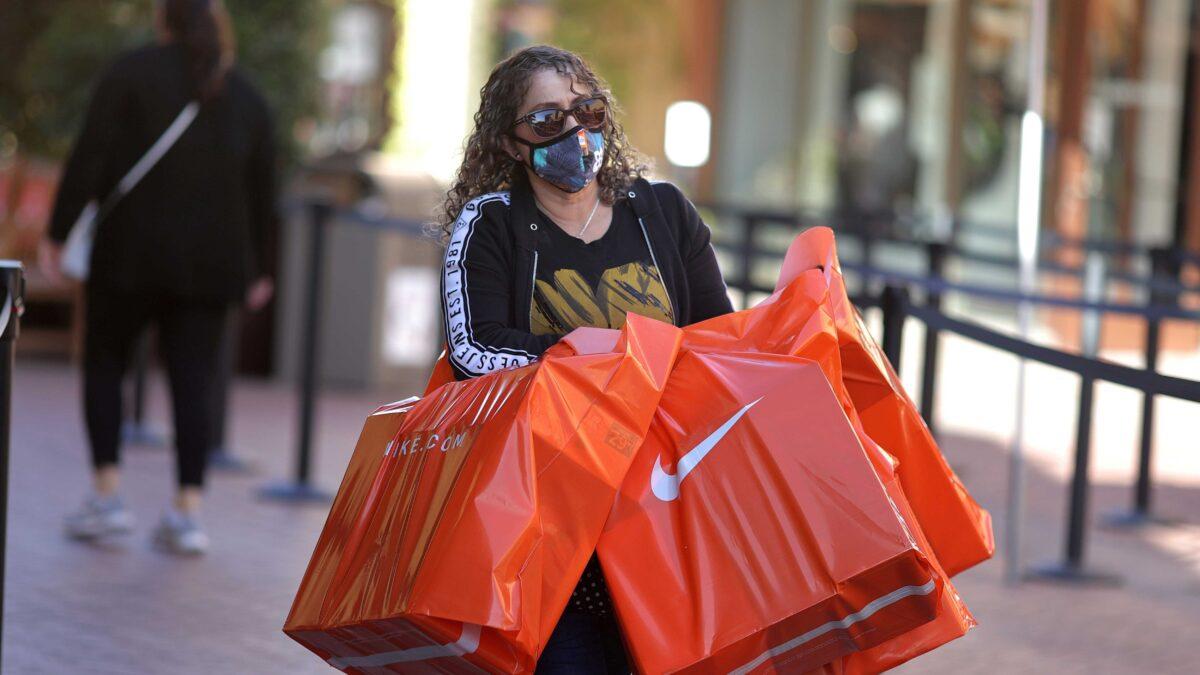
Personal income, meanwhile, increased $4.21 trillion (21.1 percent) in March, after retreating by 7 percent in February. The Commerce Department noted, however, that rises in personal income over the past 13 months primarily reflected changes in government social benefits, suggesting that the spending boost may be short-lived. The stimulus checks associated with the most recent pandemic relief package, the American Rescue Plan, were distributed in March.
Friday’s BEA report drew a comparison between consumer spending in March and in February 2020, the last pre-pandemic month of economic activity. It showed spending for goods in March was 19 percent above the February 2020 level, with notable increases in categories like motor vehicles and parts, recreational goods and vehicles (led by information processing equipment), and furnishings and durable household equipment.
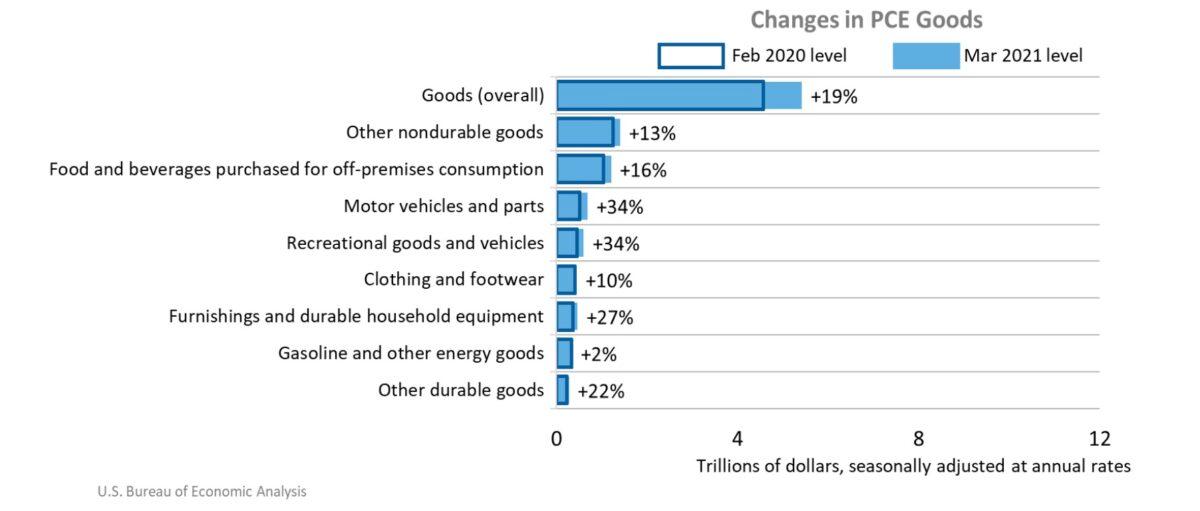
Services still lag, however, down by 3 percent in March compared to February 2020. Categories with notable decreases included recreation, transportation, as well as food and accommodation services, reflecting capacity limits and outright closures imposed amid the pandemic.
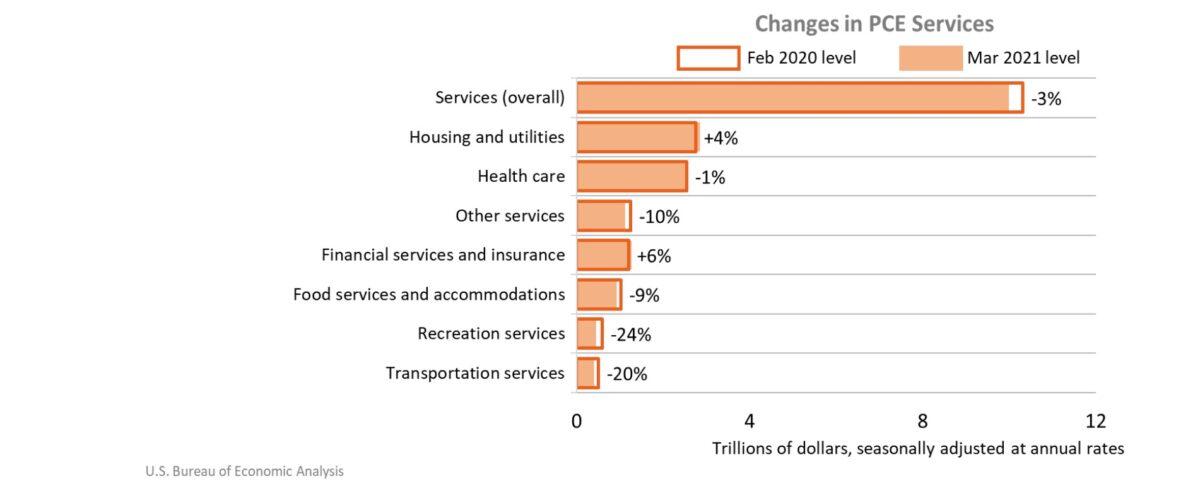
U.S. economic growth accelerated sharply in the first quarter, fueled by the rush of consumer spending, the BEA’s Thursday release showed.
Gross domestic product expanded at a 6.4 percent annualized rate in the first quarter, following a softer 4.3 percent pace in the fourth quarter. That’s the second-fastest pace of GDP growth since 2003.
The rapidly accelerating growth could revive fears about the economy overheating. The Federal Reserve on Wednesday acknowledged the burgeoning domestic activity, but the U.S. central bank gave no sign it was ready to reduce its extraordinary support for the recovery.
The booming economy could also erode support among moderate Democrats for Biden’s economic agenda, which carries a hefty price tag. Biden on Wednesday unveiled a sweeping $1.8 trillion package for families and education in his first joint speech to Congress. Republicans oppose more stimulus, worried about swelling debt and expanding government footprint on the economy and lives of Americans. The new package and an earlier infrastructure and jobs plan total around $4 trillion, rivaling the annual federal budget.
“The second quarter will be hotter, people have money to spend as they are able to go shopping and traveling again,” said Sung Won Sohn, a finance and economics professor at Loyola Marymount University in Los Angeles. “Production is being ramped up to rebuild inventories. President Biden and (Fed) Chairman (Jerome) Powell, do we need all the stimuli?”
